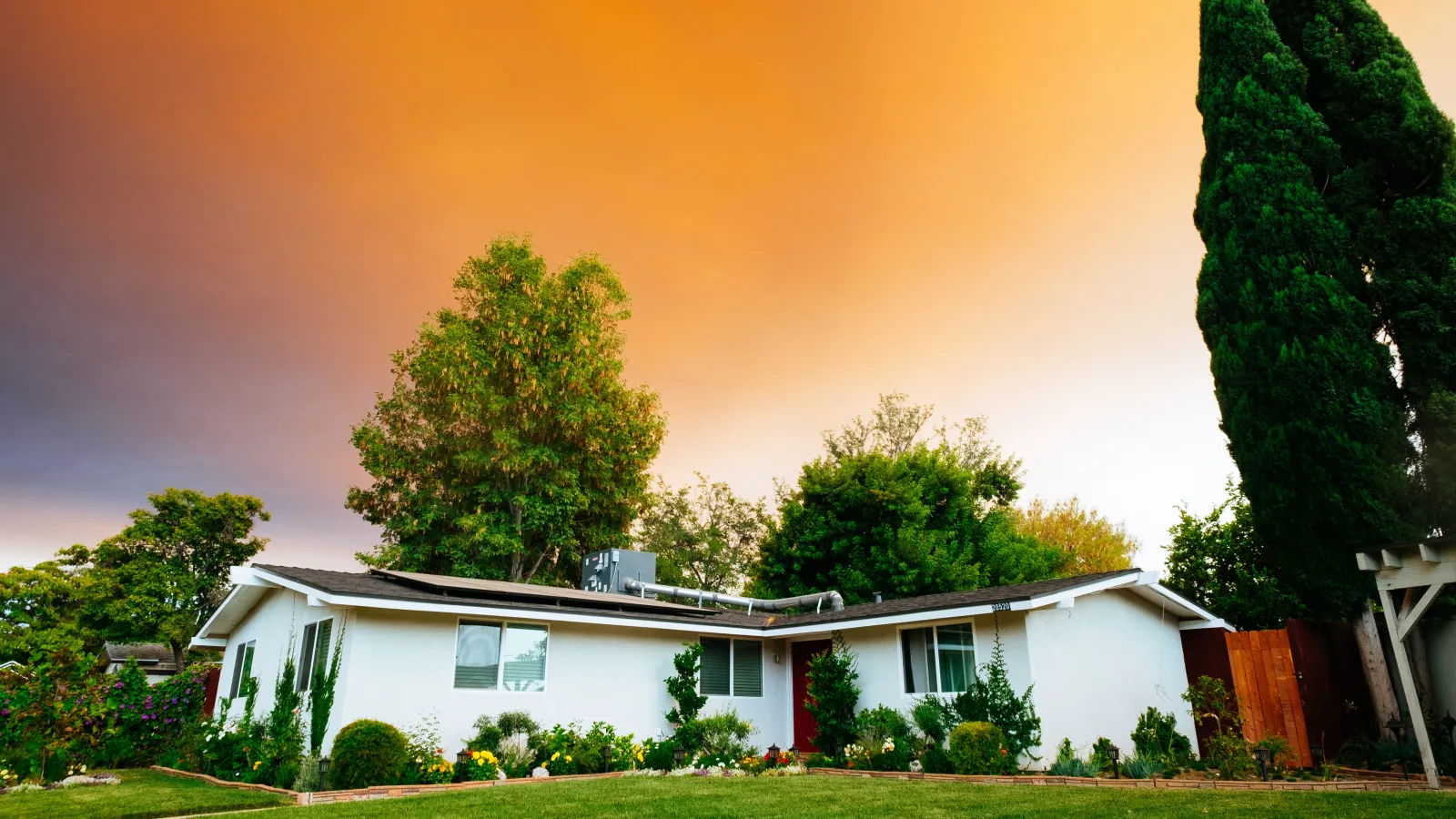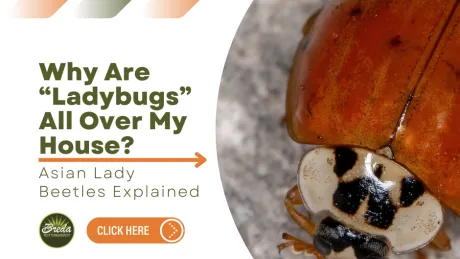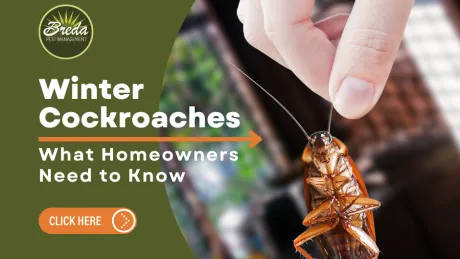It's a bird! It's a plane! It's a squirrel with wings?? There is indeed a species of the bushy-tailed rodent that can fly, though the more accurate term would be glide. Smaller in size than regular squirrels, these animals feature winged skin flaps on both sides of their torso, referred to as patagium, that allow them to float effortlessly through the air (and onto rooftops and into attics). The Atlanta pest control team at Breda Pest has dealt with a number of flying squirrel removal jobs, so do not hesitate to contact us if you have an infestation!
Dealing with These Pesky Gliders
You can already imagine that these pests present more of a problem than their non-gliding counterparts. Flying squirrels typically float 20 to 30 feet per leap but can glide up to 300 feet under ideal conditions. That being the case, wrapping the base of your property's trees in wire mesh may do little to stop them from climbing atop your roof. Add in the fact that flying squirrels are colonizers, meaning they prefer to live in groups as opposed to solo, and you can very well have a big problem on your hands. Most homeowners know something is wrong when they start hearing scratching noises in their walls and ceilings; since these creatures are nocturnal, you may need to stay up late to detect them. All of that moving about signals the building of nests. Unfortunately, wood, electrical wiring and insulation are the go-to materials flying squirrels use to build their nests. As they start to settle in, you will start to smell the pungent odor of urine and feces. This is highly unsanitary and can cause numerous health problems. Once you know these critters are to blame, the quickest and safest way to remove them is to call a licensed Atlanta pest control contractor. Flying squirrels are incredibly evasive and can be challenging to catch and relocate. To avoid the risk of being bitten and potentially becoming infected with rabies, we strongly advise letting a professional handle the removal process. Remember to use live traps if you decide to take matters into your own hands, and seal off any and all attic entry points once the animals have been ousted. This includes installing mesh skirting on chimney chutes and vent holes. Adequate preparation is the key to wildlife prevention!




